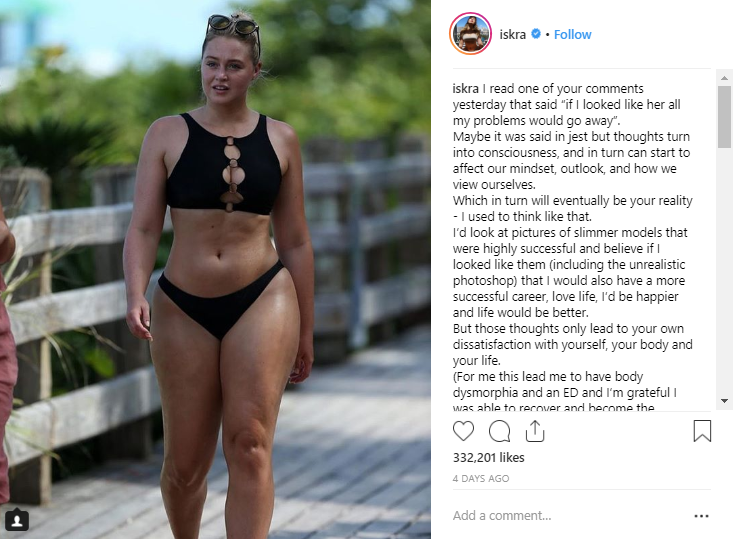TikTok is the hottest platform right now, with Gen-Z leading the way. Everyone else, ranging from Millennials to Boomers, is also flocking to the app. After seeing so many individuals, businesses, and megacorporations succeed on TikTok over the past year, your small business may want to jump on the rocketship.
Let’s take a few steps back and think about what that means.
Is TikTok the right place for your brand?
Many businesses have found their niche on TikTok. From lawyers to real estate agents to restaurant owners and museum curators, there’s a ________-Tok for everyone. However, it takes more than showing up to make a splash on the platform, and TikTok’s paid advertising is not always well-suited to smaller budgets. So what should your company be posting that’s going to differentiate you on the platform?
It takes a willingness to create engaging and exciting content that wraps a personality around authentic moments for your business. Creating quality content can, but doesn’t have to be, a heavy lift for your team. like with all new things, it’s essential to evaluate your digital presence and figure out how to best allocate your resources.
Content, Content, Content
The TikTok algorithm is a ruthless enigma. Every guide will tell you conflicting information on how to get your content in front of the right people, and everyone is both wrong and right in some ways. With that said, the only guarantee that someone will ever see your business’ content is to actually create content. TikTok is a platform where there is no such thing as posting too much. And the more your content is viewed, the longer people watch it, and the more people interact with it―the better chance it has of being seen by new audiences.
But what exactly are you posting? There are endless options, but an easy place to start is to showcase your business and what you do. If you produce a product, give viewers a behind-the-scenes look at the development and production process (including the successes and failures). If you’re shipping items, pack orders on a video and explain what that person is getting (bonus points if you have attractive and creative packaging).
https://www.tiktok.com/@candymeup/video/6976715278361070853?lang=en&is_copy_url=0&is_from_webapp=v1&sender_device=pc&sender_web_id=6979663120851863046
If you work in a field that provides people with services, give some tips or “hacks,” show your workplace, and take your viewers along with you for a “day in the life.” Overall, we know it’s effective to humanize your business. Introduce your team, show them going about their day, and whatever you do―stay genuine and don’t force it.
@lawbymike Bet you didn’t know this life hack! #LearnOnTikTok #TikTokPartner #psychology #tips
Personality
Posting TikToks that showcase your business, its people, and your products and services are excellent. But don’t forget to also show off your personality! Before posting any content, take some time to figure out your TikTok brand voice. Is your account going to be funny, punny, wholesome, or self-deprecating? People don’t want to simply watch a production line; they want to hear what’s happening and engage with a story in a creative manner.
@izolas Happy Wednesday #izolas #hinesvillegeorgia #nearsavannahgeorgia #scoopthatmac #foryou #fyp #lovewins #FtStewartGeorgia
It’s a Community
TikTok is a very interactive community, and comments are a great way to interact with your audience. Don’t feel pressured to interact with every single comment, but make sure to like a few, reply, and if someone posts a question, reply with a video. This allows you to show your expertise, humanize your brand, and generate more content.
There’s also a rich creator community on TikTok. Interacting with others is a great way to grow your following. Connect with similar businesses and creators that post related content or someone who has a great TikTok presence that you can add something to.
https://www.tiktok.com/@wishescandleco/video/6978982642645601542?lang=en&is_copy_url=0&is_from_webapp=v1&sender_device=pc&sender_web_id=6979663120851863046
There is No Right Way
Some of your TikTok efforts will succeed and some will most definitely not. Don’t rely too heavily on early analytics and metrics, as some of what you consider to be your best content may flop, and your worst content can go viral. Finally, don’t expect a smash viral hit or a massive boost in sales. On TikTok, being creative and having fun is part of the learning process.
How can YMC help?
If you’re interested in learning more about TikTok, social media marketing, and influencer campaigns, we’re here to help. At YMC, we specialize in connecting brands with Gen-Z and Millennial consumers, and we’d be happy to share our wealth of knowledge with you. Contact us today!



